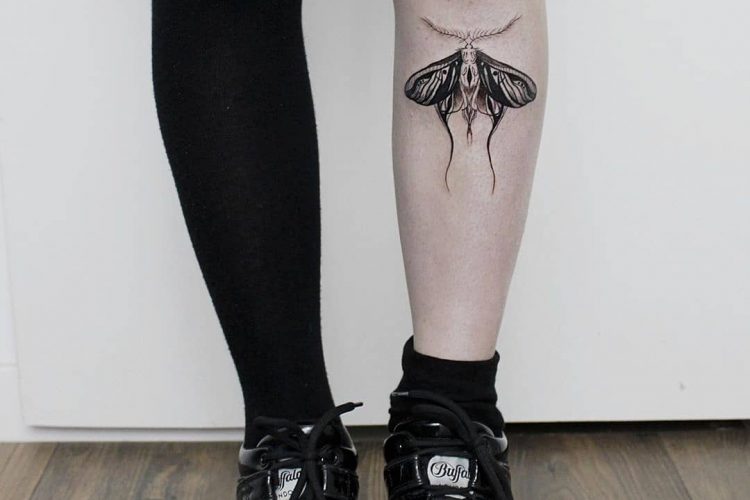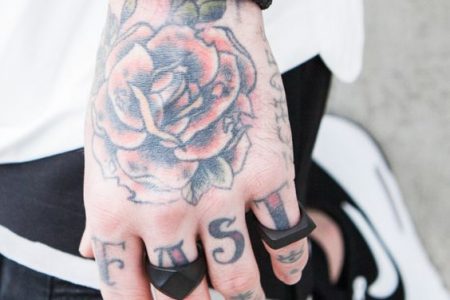This article was developed via a partnership with BetterHelp.
You are familiar with conventional therapy, but have you ever heard of tattoo therapy?
Tattoos serve as cultural emblems in many societies, denoting social status, spiritual or ancestry significance, or even serving as a kind of body art. At least in the United States, tattoos are now seen as a way of expressing oneself, and each tattoo has its own unique history. However, tattoos can also serve as a means of self-expression and expression. These days, tattoos are seen not as a remedy but as a means to an end, as healing artwork. Could you see yourself getting a therapeutic tattoo to aid in your healing process or as a preventative measure for your mental well-being?
Why Do People Get Tattoos?
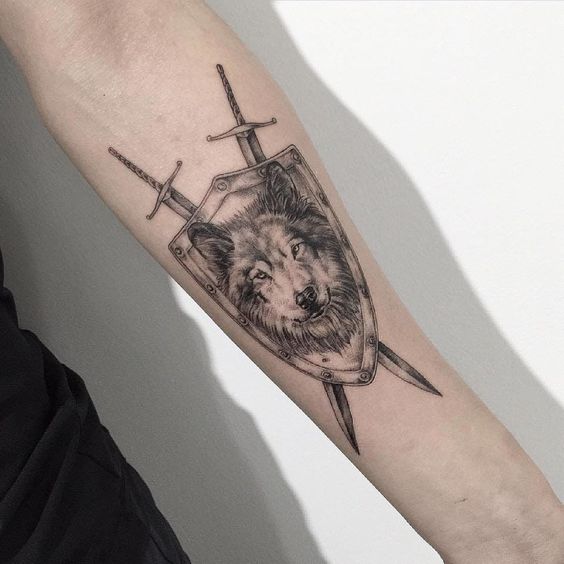
It is impossible to determine when or where tattooing first began, and its function has evolved over time and between cultures. To date, 49 mummies have been discovered with tattoos on them; these come from places as diverse as Alaska, Greenland, Mongolia, Egypt, and Siberia.
Otzi the Iceman, Europe’s oldest mummy, bears the earliest tattoos discovered to date. The skeleton, which has a possible date of 3370 BC, is covered in 61 tattoos. Experts were surprised to find that many of Otzi’s tattoos were located in the same spots on his skeleton where deterioration had occurred. Many people think his tattoos were placed there purposefully to alleviate discomfort, much like acupuncture is used today. Tattoos are commonly utilized as a way to show one’s emotional state or personal history in today’s society.
Over the past few decades, having a tattoo has gone from being considered extreme to being seen as a form of self-expression by the general public. Research shows, however, that tattoos are no longer only found on criminals and other social outliers. People obtain tattoos for a variety of reasons in today’s society, including self-expression, expressing identity, showing solidarity with a cause, expressing defiance, and breaking down social barriers associated with gender. Can it, however, aid trauma victims in moving on with their lives?
Bringing to Light Private Inner Trauma
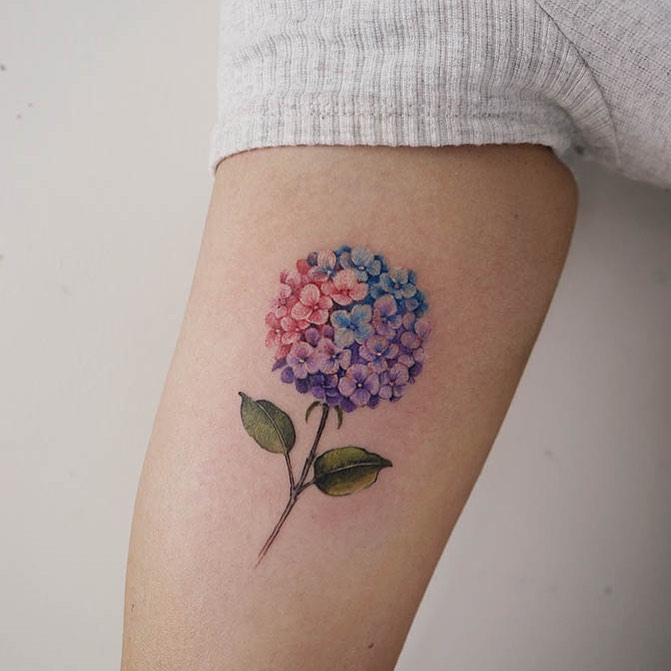
There are some trauma survivors who thought they needed to “prove” the existence of their experiences to other people. Learn more about how feeling seen and heard is crucial to our healing at this page.
Creating a Memorial for the Past
In tandem with the urge to talk about the painful experience, participants also wanted the world at large to do something to remember it. So, the tattoo served as a reminder of the trauma to the bearer, a reminder to others, and a signal to others as to what the bearer had gone through in order to survive.
Strengthening a Bond With Someone
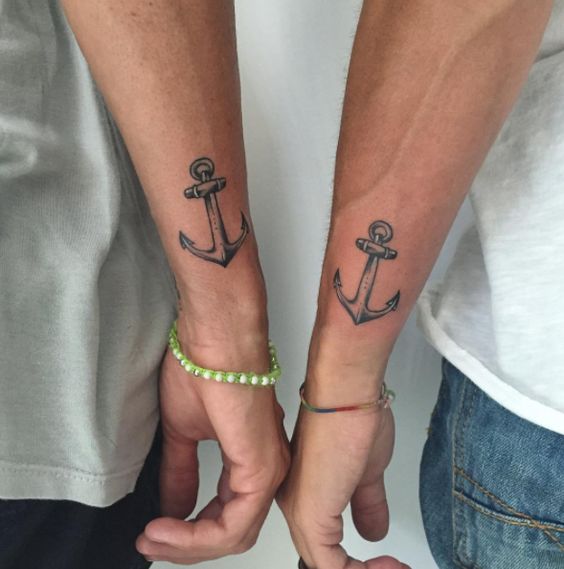
Displaying a tattoo helped survivors connect with people on a more personal level and give their interactions with others more meaning. Relatives of Holocaust survivors have allegedly reported feeling a stronger bond to their loved ones after getting tattoos in their honor.
To Symbolize a Tragic Public Event
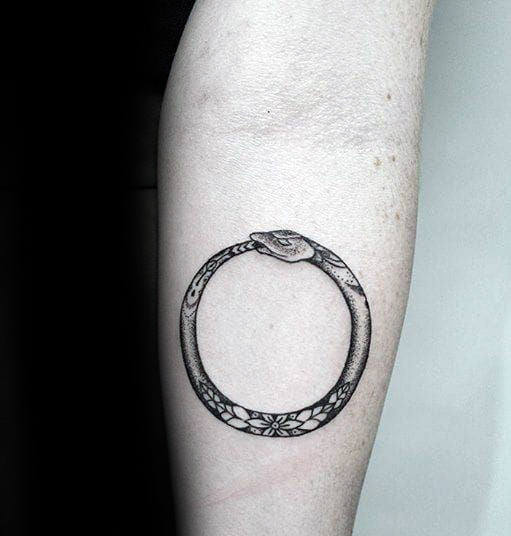
Those who survived traumatic events that affected a large population, like as Hurricane Katrina or the terrorist massacre at the Bataclan in Paris during an Eagles of Death Metal concert, often picked tattoos with symbolic significance for the entire community.
To Reclaim One’s Body and Sense of Self
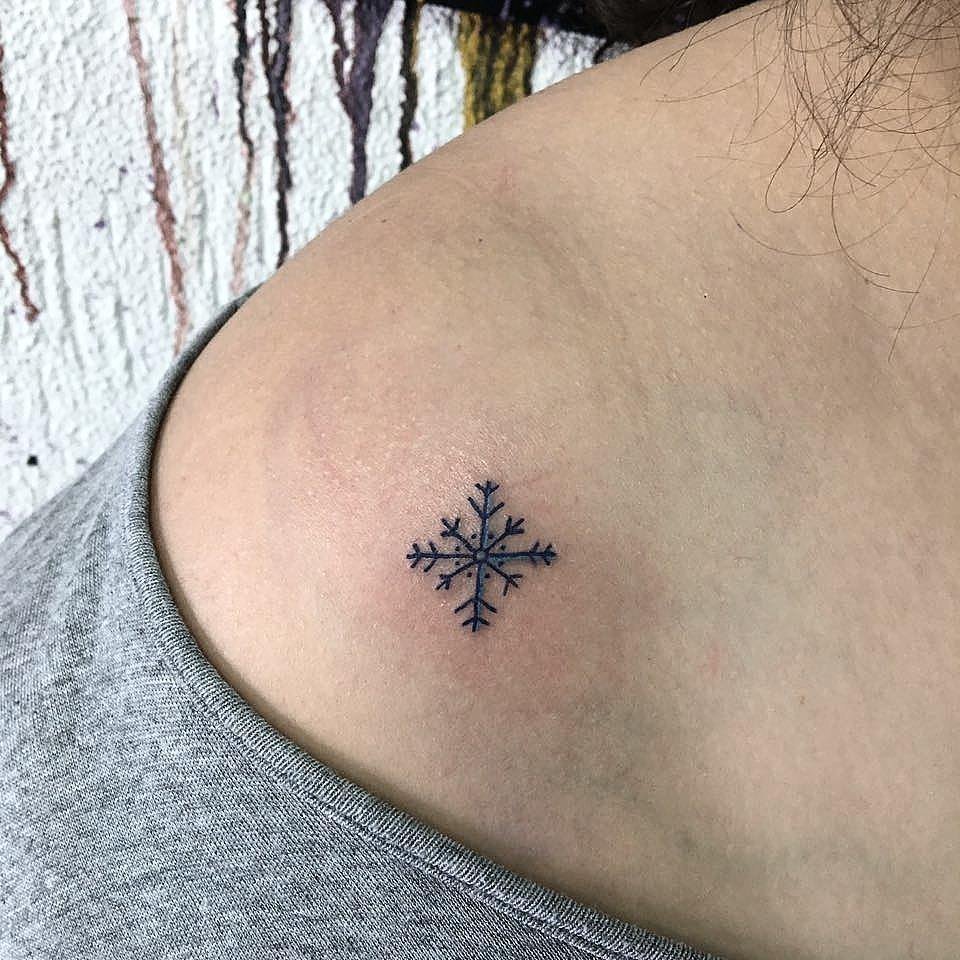
Feeling helpless is a crucial aspect of traumatic experiences. Getting a tattoo can be a way for a survivor to reclaim agency in the face of harm, whether that harm be physical or emotional.
